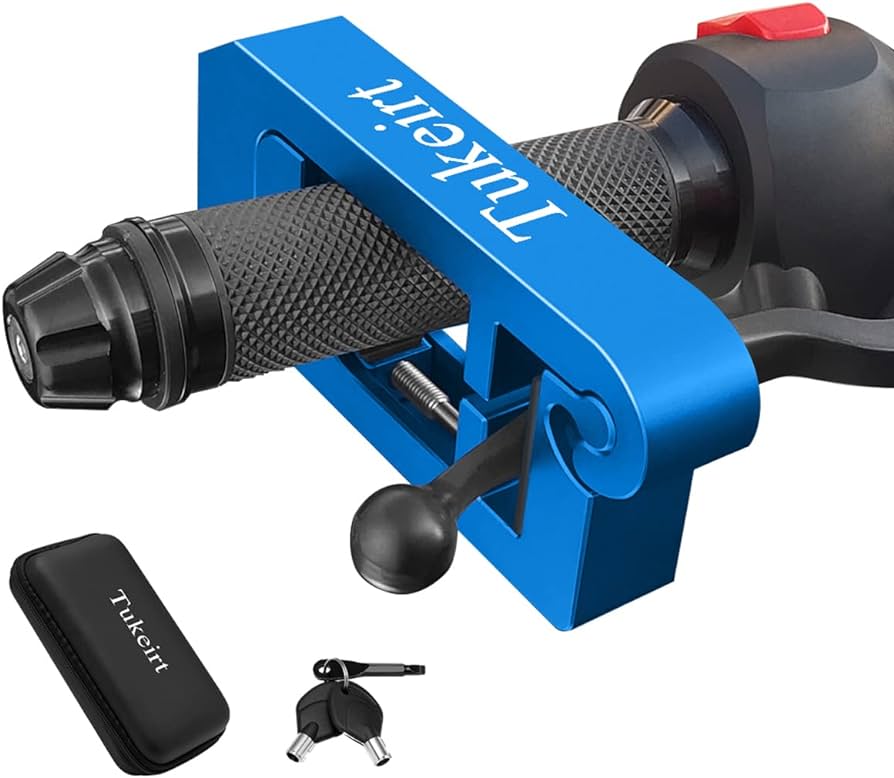Introduction:
Mastering the art of braking on a motorcycle is crucial for both safety and optimal performance. Effective braking involves understanding different types of brakes, knowing how to apply them in various situations, and maintaining proper technique to avoid accidents. This comprehensive guide covers everything from the basics of motorcycle braking systems to advanced techniques, offering practical advice and insights for riders of all levels.
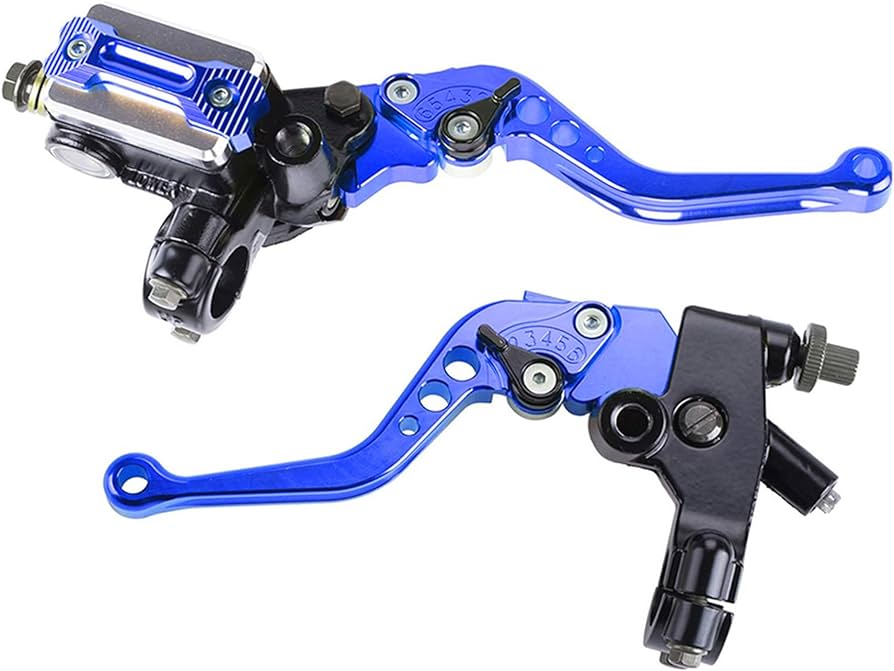
Braking on a Motorcycle:
How Can You Master the Essential Techniques for Safe Stopping?
Understanding Motorcycle Braking Systems:
What Types of Brakes Are Commonly Used?
Motorcycles typically feature two main types of braking systems, each designed to provide control and safety in different scenarios.
Front Brakes:
Primary Stopping Power:
Disc Brakes: Most modern motorcycles are equipped with disc brakes on the front wheel. These brakes offer superior stopping power and are more effective in various weather conditions.
Hydraulic Operation: Front disc brakes operate hydraulically, providing efficient and responsive braking with minimal effort from the rider.
Rear Brakes:
Supplementary Stopping:
Combination of Disc and Drum: While some motorcycles also have disc brakes on the rear wheel, many models use drum brakes. Rear brakes provide supplementary stopping power and help balance the bike during braking.
Mechanical or Hydraulic: Rear brakes can be either mechanically or hydraulically operated, depending on the motorcycle model.
Anti-Lock Braking System (ABS):
Enhanced Safety:
Preventing Wheel Lock-Up: ABS prevents the wheels from locking up during hard braking, reducing the risk of skidding and maintaining stability.
Automatic Modulation: The system automatically modulates brake pressure to ensure effective stopping while maintaining control.
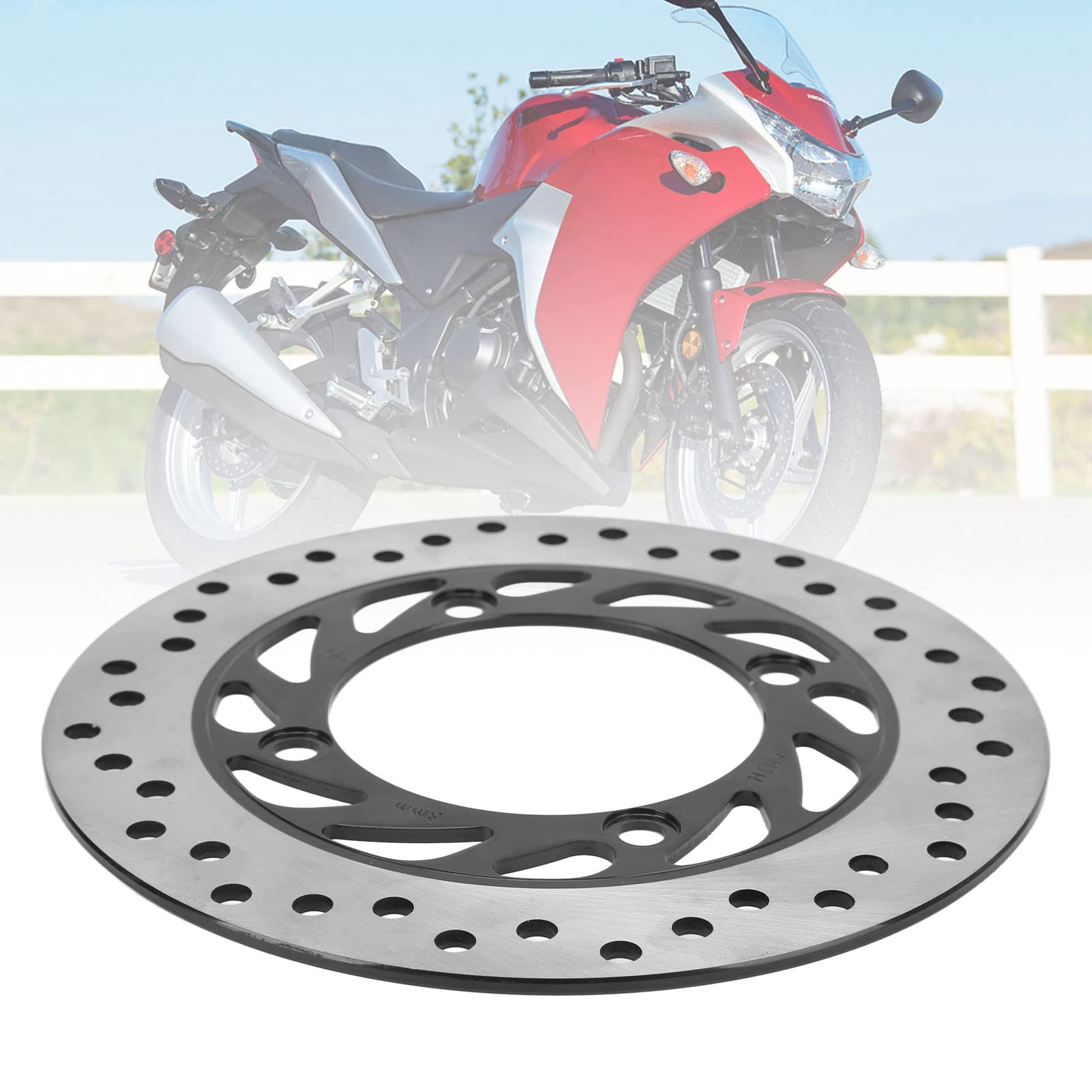 Basic Braking Techniques:
Basic Braking Techniques:
How Should You Apply Brakes for Routine Stops?
Learning and practicing basic braking techniques ensures you can handle routine stops safely and efficiently.
Front Brake Application:
Primary Stopping Force:
Gradual Squeeze: When applying the front brake, use a gradual squeeze rather than a sudden grip. This provides controlled and predictable braking, preventing wheel lock-up.
Weight Transfer: As you brake, weight transfers to the front wheel, increasing traction and stopping power. Smooth application helps maintain balance and stability.
Rear Brake Application:
Balancing Act:
Light Pressure: Use the rear brake with light pressure to assist in stopping and keep the motorcycle stable. Over-reliance on the rear brake can lead to skidding.
Combined Braking: For optimal braking, combine the use of both front and rear brakes. This provides balanced deceleration and reduces the risk of accidents.
Understanding Weight Distribution:
Maintaining Balance:
Front Bias: During braking, most of the motorcycle’s weight shifts forward. Understanding this weight transfer is essential for effective braking and maintaining control.
Rear Assist: The rear brake helps to stabilize the bike by providing additional stopping power and distributing the braking force more evenly.
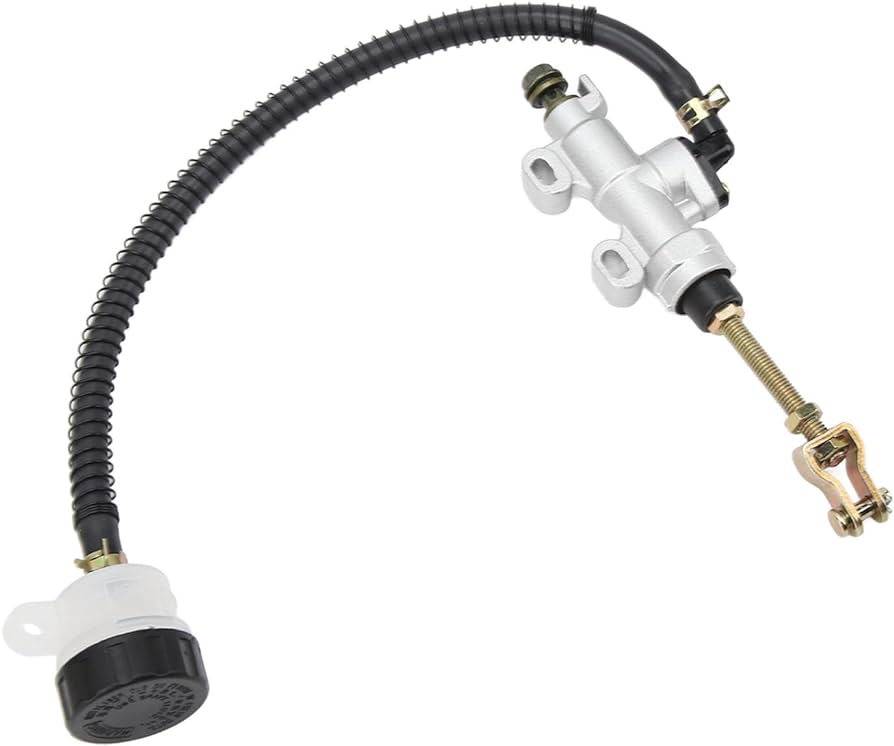 Emergency Braking:
Emergency Braking:
How Do You Execute a Safe and Effective Emergency Stop?
Handling emergency braking situations requires quick reflexes and precise technique to avoid accidents.
Preparation and Awareness:
Staying Alert:
Scanning Ahead: Always be aware of your surroundings and scan ahead for potential hazards. Being prepared for unexpected stops reduces reaction time.
Maintaining Distance: Keep a safe following distance from other vehicles to allow adequate time and space for emergency stops.
Maximizing Brake Effectiveness:
Quick and Controlled:
Firm Squeeze: In an emergency, apply the front brake firmly while still modulating pressure to prevent locking up the wheel.
Rear Brake Engagement: Simultaneously apply moderate pressure to the rear brake, balancing the combined stopping power and stability.
ABS Assistance:
Leveraging Technology:
Trust the System: If your motorcycle is equipped with ABS, trust the system to modulate brake pressure. Focus on maintaining control and steering around obstacles if necessary.
Non-ABS Technique: On motorcycles without ABS, practice threshold braking—applying maximum brake pressure without skidding. This requires a delicate balance and practice.
Braking in Different Conditions:
How Should You Adjust Braking Techniques for Various Environments?
Different riding conditions require adjustments to your braking technique to maintain safety and control.
Wet and Slippery Roads:
Extra Caution:
Reduced Traction: Wet and slippery conditions significantly reduce tire traction. Begin braking earlier and use gentler pressure to avoid skidding.
Avoid Sudden Movements: Avoid abrupt braking or changing directions, which can lead to loss of control.
Gravel and Loose Surfaces:
Staying Secure:
Loose Terrain: On gravel or loose surfaces, use more rear brake to prevent the front wheel from losing traction.
Gentle Braking: Apply the brakes gently and progressively to avoid sliding.
Uphill and Downhill Braking:
Handling Inclines:
Uphill Stopping: When stopping on an uphill incline, use both brakes to prevent rolling backward. Release the brakes gradually to ensure a smooth start.
Downhill Braking: On a downhill slope, rely more on the front brake while maintaining light pressure on the rear brake. This helps manage speed and maintain control.
Cornering Braking:
Maintaining Traction:
Pre-Corner Deceleration: Try to complete most of your braking before entering the turn. Braking while leaning can compromise traction and stability.
Trail Braking: If you need to brake while cornering, use a technique called trail braking—gently reducing brake pressure as you lean into the turn to maintain control.
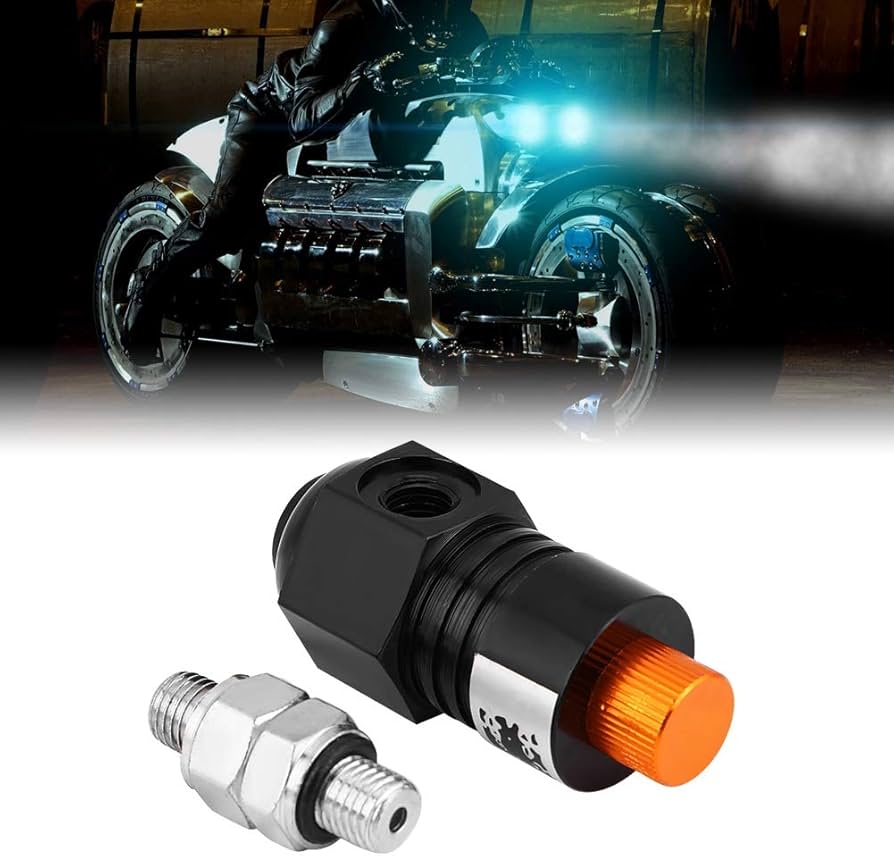 Advanced Braking Techniques:
Advanced Braking Techniques:
What Methods Can Improve Proficiency and Safety?
Advanced braking techniques can significantly enhance your braking proficiency and safety on the road.
Engine Braking:
Using the Engine:
Downshifting: Downshifting through gears can help slow the motorcycle without relying solely on the brakes. This method reduces wear on brake components and provides smoother deceleration.
Throttle Control: Use engine braking in conjunction with throttle control to modulate speed and maintain stability.
Two-Finger Braking:
Quick Access:
Reduced Reaction Time: Using two fingers on the front brake lever allows for quicker and more precise braking input. This technique improves control and response time.
Built-in Cushion: Two-finger braking provides a built-in cushion, preventing you from applying excessive pressure and locking up the wheel.
Panic Braking Practice:
Simulated Emergencies:
Controlled Environment: Practice panic braking in a controlled environment such as an empty parking lot. Simulating emergency stops helps build muscle memory and confidence.
Incremental Intensity: Gradually increase the intensity of your practice stops to develop a feel for the brakes and improve your reaction in real situations.
Maintenance and Inspection:
Why Is Regular Maintenance Essential for Reliable Braking?
Regular maintenance and inspection of your motorcycle’s braking system are crucial for ensuring consistent performance and safety.
Brake Fluid Check:
Fluid Levels and Quality:
Regular Checks: Regularly check brake fluid levels and top up as necessary. Low fluid levels can compromise braking performance.
Quality Inspection: Inspect the brake fluid for signs of contamination or degradation. Replace the fluid as recommended by the manufacturer.
Brake Pad and Disc Inspection:
Wear and Tear:
Visual Inspection: Periodically inspect brake pads and discs for wear and damage. Worn pads or scored discs reduce braking effectiveness and increase stopping distances.
Timely Replacement: Replace brake pads before they wear down to the metal backing to avoid damaging the discs and ensuring optimal braking performance.
Hydraulic System Maintenance:
Ensuring Efficiency:
Leak Checks: Inspect the hydraulic lines for leaks or damage. Any signs of fluid leakage should be addressed immediately to maintain brake pressure.
Brake Bleeding: Regularly bleed the brakes to remove air bubbles from the hydraulic system. Air in the system can cause spongy brakes and reduce stopping power.
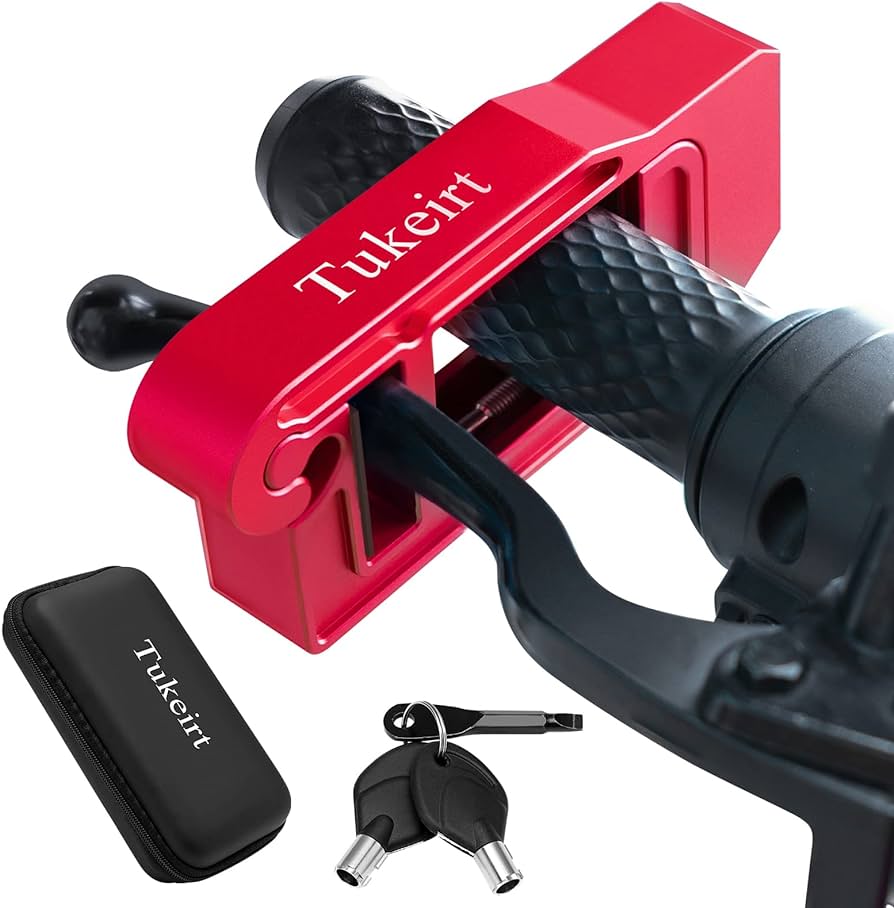 Tips for Safe Braking:
Tips for Safe Braking:
What Additional Considerations Can Enhance Safety?
Implementing additional safety considerations can further enhance your braking technique and overall riding safety.
Practice Regularly:
Building Skills:
Consistent Training: Regularly practice braking techniques to build muscle memory and improve reaction times. Consistent training keeps your skills sharp.
Variety of Conditions: Practice braking in a variety of conditions to become adept at handling different scenarios and road surfaces.
Protective Gear:
Enhancing Safety:
Wear Gear: Always wear appropriate protective motorcycle gear, including a helmet, gloves, jacket, and boots. Protective gear can mitigate injuries in the event of an accident.
Visibility: Improve your visibility to other road users by wearing bright or reflective clothing.
Stay Alert:
Awareness:
Focus: Stay focused on the road and avoid distractions. Being alert helps you anticipate potential hazards and react promptly.
Defensive Riding: Adopt a defensive riding posture, keeping a safe distance from other vehicles, and being prepared for the unexpected.
Conclusion
Mastering motorcycle braking techniques is essential for ensuring safety and optimizing performance. Understanding the different types of braking systems, such as front brakes, rear brakes, and ABS, forms the foundation for effective braking. Practicing basic techniques, such as gradual front brake application and balanced use of both brakes, is crucial for routine stops. Handling emergency braking situations requires quick reflexes, firm yet controlled brake application, and an understanding of ABS if equipped.
Adjusting your braking approach for different conditions, such as wet roads, gravel, inclines, and corners, ensures you maintain control and safety. Advanced techniques like engine braking, two-finger braking, and panic braking practice further enhance your proficiency. Regular maintenance, including brake fluid checks, pad and disc inspection, and hydraulic system upkeep, ensures reliable braking performance. Implementing safety considerations such as protective gear, staying alert, and practicing regularly enhances overall riding safety. By following these detailed guidelines, you can confidently and effectively manage braking on your motorcycle, ensuring a safer and more enjoyable riding experience.

